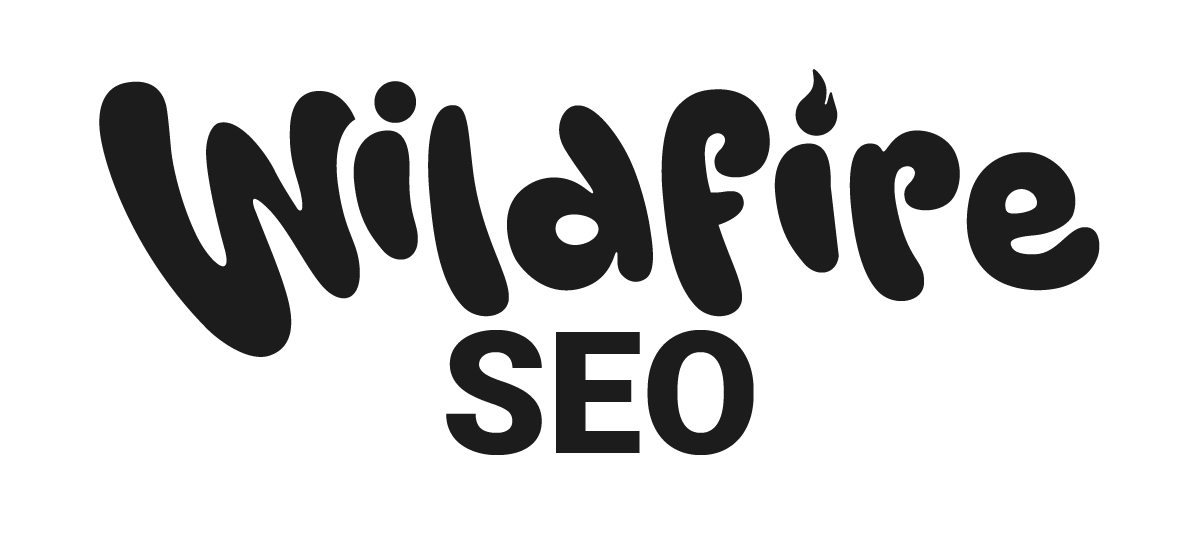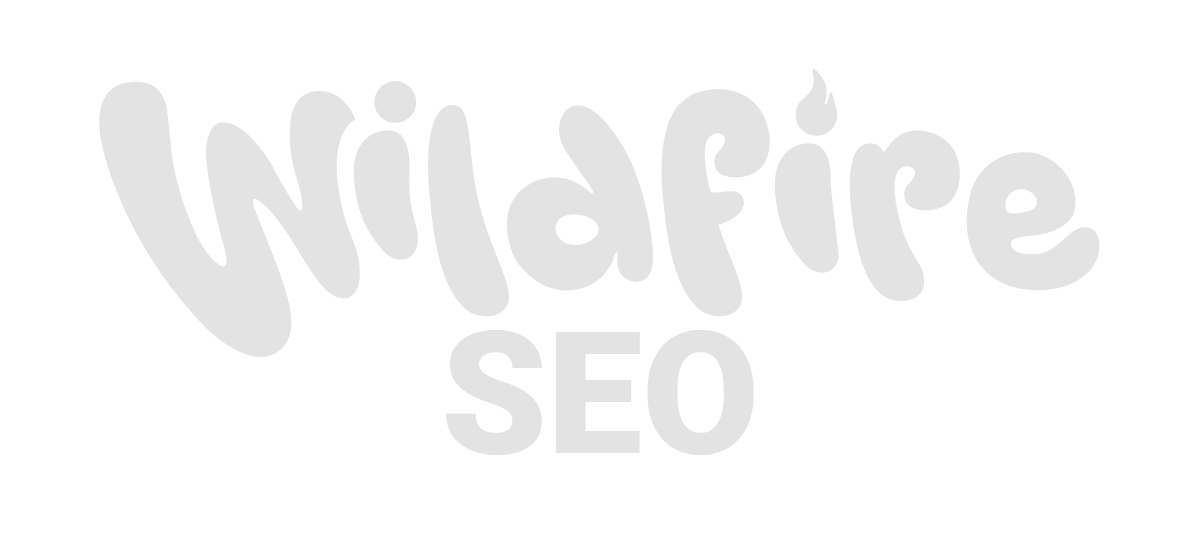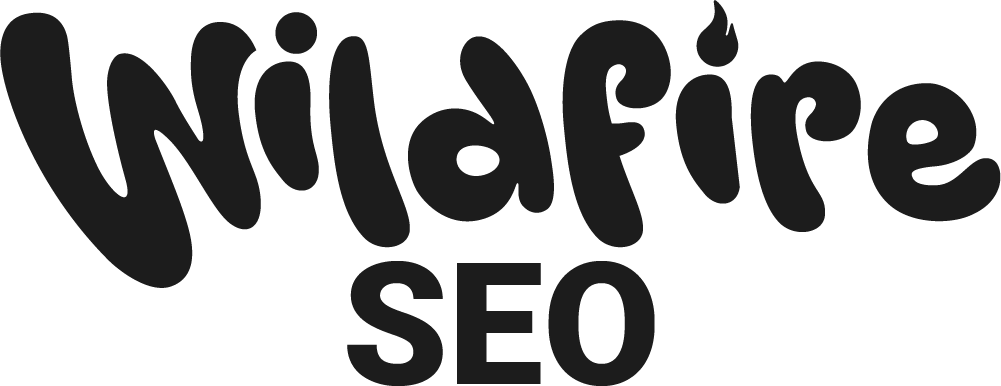
Image Optimisation at Scale for Ecommerce Websites
Ecommerce websites rely heavily on images to showcase products and engage users. However, as the number of products grows, so does the complexity of managing high-quality images while maintaining fast load times. Slow-loading images can frustrate users, reduce conversions, and negatively affect search engine rankings. For search engine optimisation companies, understanding the strategies behind image optimisation at scale is essential to help ecommerce businesses thrive. Optimising images is not just about speed; it enhances user experience, supports accessibility, and improves overall SEO performance.
Effective image optimisation involves a holistic approach. Every image should be designed to load quickly, display correctly on any device, and contribute to search engine visibility. This requires more than just technical adjustments; it demands strategic planning to ensure that image content reinforces brand messaging, engages potential customers, and contributes positively to website performance. By focusing on these motivations, search engine optimisation companies can provide ecommerce platforms with measurable benefits, from higher search rankings to increased customer satisfaction.
Lazy Loading: Enhancing Initial Load Times
Lazy loading ensures that images are only loaded when they are about to enter the user’s viewport. This reduces the initial load time of pages, allowing content that is immediately visible to render faster. By delaying the loading of offscreen images, websites can significantly reduce the amount of data that needs to be downloaded upfront, which is especially beneficial for users on slower networks or mobile devices. For ecommerce businesses with extensive product catalogues, lazy loading provides a practical solution to manage large volumes of media without compromising page speed.
Beyond performance improvements, lazy loading also has a direct impact on user engagement. Faster loading times reduce bounce rates, keep visitors browsing longer, and improve the overall perception of a website’s reliability and professionalism. From an SEO perspective, search engines increasingly prioritise page speed as a ranking factor, making lazy loading a critical strategy for search engine optimisation companies aiming to optimise large ecommerce sites.
WebP Format: Modern Compression for Faster Loading
Modern image formats like WebP deliver higher compression rates without noticeable loss of quality, making them ideal for ecommerce websites. These formats reduce file sizes compared to traditional JPEG or PNG formats, allowing pages to load faster while maintaining the visual clarity of product images. Smaller file sizes also lower server bandwidth usage, which can translate into cost savings for businesses with extensive image libraries.
WebP and similar formats contribute to a more seamless shopping experience. Faster-loading images mean customers can browse through products with minimal delay, increasing the likelihood of engagement and purchase. For search engine optimisation companies, recommending modern image formats helps clients achieve performance improvements that are both tangible and measurable, supporting stronger search engine rankings and enhanced user satisfaction.
Responsive Images: Tailoring to Device Specifications
Serving images that adapt to different screen sizes ensures that users receive only the most appropriate image for their device. Responsive images dynamically adjust based on device resolution, viewport size, and pixel density. For example, a mobile user may receive a smaller, optimised version of a product image, while a desktop user views a higher-resolution version. This approach reduces unnecessary data transfer and guarantees that images look sharp and consistent across all devices.
For ecommerce websites, responsive images improve user experience by providing fast, clear visuals regardless of device. Visitors are less likely to abandon a page due to slow-loading images or distorted displays. Search engine optimisation companies benefit from responsive image strategies because they directly support both SEO and engagement metrics. Optimised images can lead to improved search rankings, longer session durations, and increased conversion rates.
Image Compression: Balancing Quality and Performance
Image compression involves reducing the file size of images without degrading visual quality. Lossless compression maintains every detail while reducing size slightly, whereas lossy compression achieves more substantial reductions by selectively removing non-essential data. Both approaches contribute to faster page loads, lower bandwidth usage, and more efficient storage of image libraries.
For ecommerce sites with thousands of product images, compression can have a significant impact. Optimised images not only improve page speed but also enhance the overall user experience, making browsing smooth and responsive. Search engine optimisation companies recognise that balanced compression strategies preserve visual fidelity while maximising performance, ensuring that images remain compelling while supporting fast-loading pages.
Content Delivery Network (CDN): Accelerating Global Access
A Content Delivery Network (CDN) distributes image assets across multiple geographically dispersed servers. When a user accesses an image, it is delivered from the server closest to them, reducing latency and improving load times. For global ecommerce businesses, CDNs ensure consistent performance regardless of a visitor’s location, making the site faster and more reliable.
Beyond performance, CDNs contribute to the resilience and scalability of ecommerce websites. By reducing the strain on any single server, CDNs help prevent slowdowns during traffic spikes, ensuring that high-demand periods do not compromise the shopping experience. Search engine optimisation companies can leverage CDN strategies to ensure that website speed, a key ranking factor, is maintained consistently across diverse user locations.
Proper Alt Text: Enhancing Accessibility and SEO
Alt text provides a description of images for screen readers and search engines, making websites accessible to users with visual impairments. Well-crafted alt text also improves SEO by allowing search engines to understand image content and context, which can influence rankings in image and web search results.
In ecommerce, accurate alt text ensures that every product image communicates its purpose effectively. It supports inclusivity, strengthens brand credibility, and enhances discoverability. Search engine optimisation companies view alt text as an essential component of holistic optimisation strategies, aligning accessibility and SEO to deliver tangible business benefits.
Filename and Metadata Optimisation: Streamlining for Performance
Optimising filenames and metadata improves both performance and search engine visibility. Descriptive, keyword-rich filenames make it easier for search engines to understand image content, while removing unnecessary metadata reduces file sizes and improves load times.
Ecommerce websites benefit from consistent and structured naming conventions for large image libraries. Reduced file sizes enhance page speed, while meaningful filenames support search visibility for products. Search engine optimisation companies integrate these practices into comprehensive optimisation strategies, ensuring images contribute fully to a site’s discoverability and performance.
Image Sitemaps: Facilitating Search Engine Indexing
Image sitemaps provide search engines with detailed information about images on a website. They help search engines discover and index images more effectively, increasing the likelihood that product images appear in search results.
For ecommerce platforms, image sitemaps can significantly enhance visibility in image search results, leading to higher traffic and better engagement. Search engine optimisation companies recognise that sitemaps are a low-effort but high-impact strategy for boosting organic reach and ensuring that every product image contributes to search performance.
Automation for Large Catalogs: Streamlining Image Management
Managing large image libraries manually is impractical for many ecommerce websites. Automation tools streamline tasks such as resizing, compression, format conversion, and alt text application. This ensures consistent optimisation across thousands of images, saving time and reducing errors.
Automation also enables ongoing maintenance as product catalogs grow. By implementing automated processes, ecommerce sites maintain optimal performance without requiring constant manual intervention. Search engine optimisation companies leverage automation to provide scalable solutions, allowing businesses to manage vast catalogs efficiently while maintaining high performance and SEO standards.
For search engine optimisation companies, implementing effective image optimisation strategies is a key driver of ecommerce success. Optimisation impacts page speed, user engagement, accessibility, and search visibility. Techniques such as lazy loading, adopting WebP formats, serving responsive images, compressing images, leveraging CDNs, using alt text, optimising filenames and metadata, maintaining image sitemaps, and automating workflows all contribute to a robust image strategy.
At Wildfire SEO, we specialise in helping ecommerce businesses unlock the full potential of their online platforms. Contact us to discover how we can support your image optimisation strategy and help your website achieve faster, more accessible, and search-engine-friendly performance.



